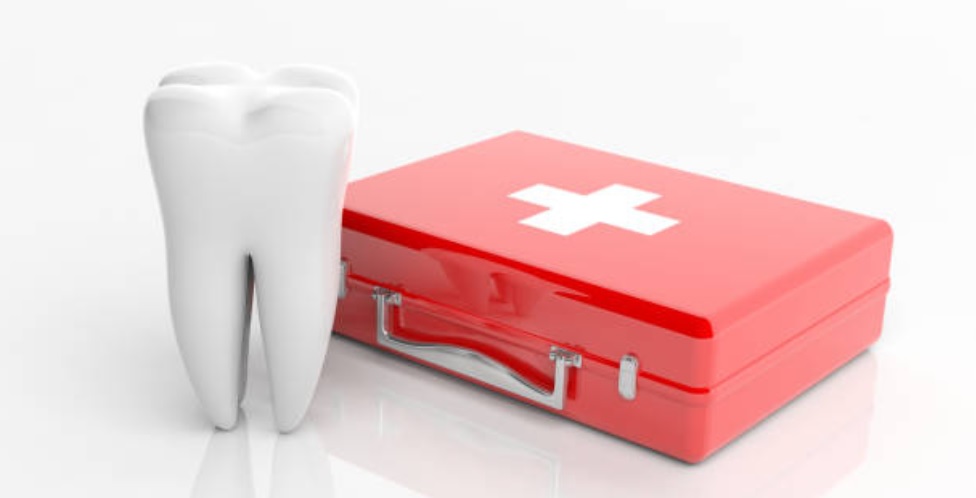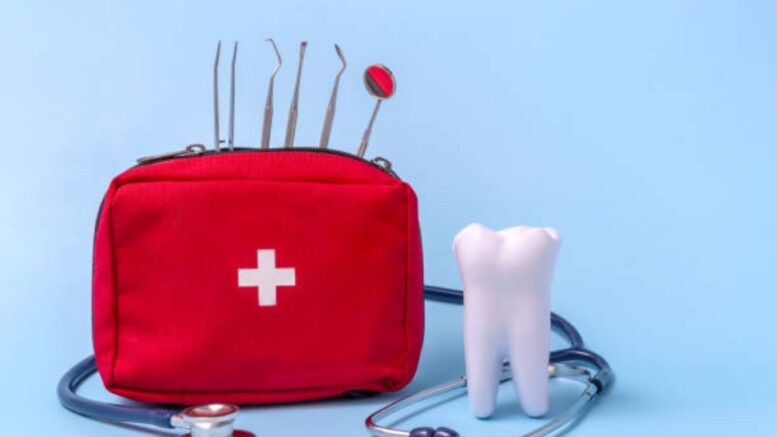Dental emergencies can happen to anyone, even those with the most acceptable oral hygiene practices. The best course of action is to be as ready as possible rather than praying it won’t happen to you. One solution is to keep a dental emergency kit on hand. An emergency dental kit can be beneficial in treating injuries as quickly as possible and preventing them from getting worse.
Additionally, having a home first aid kit can provide you and your loved one peace of mind. Just be sure you restock supplies regularly and that everyone in the household knows where the first aid kit is. But what should it contain? Here’s the list of 5 items every dental emergency kit must include:
Nitrile Gloves
You should not put your bare hands in someone’s mouth, especially if there is a wound or bleeding. Nitrile gloves are preferred over latex gloves because some people are allergic to latex. These gloves are also readily available. If you are based in Australia, you can find Nitrile gloves in Australia either online or at your nearby pharmacy.
The best way to wear nitrile gloves is to stretch them down over the fingers, shape them around the bottom of the hand, then roll the excess material up to form a cuff. This technique will result in a fit that protects both hands. You ensure personal and environmental safety; make sure to remove gloves properly.

Clove Oil
Clove oil is a natural medicine available anywhere essential oils are sold. You can also buy cloves in the spice aisle of your local supermarket. Clove oil is made by distilling dried flower buds obtained from the clove tree. Other tree parts, such as the stem and leaves, can also be used. This powerful oil should be placed on a cotton ball and the tooth. A fresh clove applied to the region would also work. However, it is recommended to wrap the cloves in gauze before administering them to the area.
Cotton Balls and Gauze Pads
If a tooth extraction is required, cotton balls and gauze pads are needed. You most likely have these in your medicine cabinet as well. Because of their absorbency, they are an excellent bandage for any oral bleeding. They can also be soaked in medication and administered to an abscess, cheek, or gum area. Besides, Dental cotton rolls absorb saliva and other fluids to keep operative regions dry.
Temporary Filling
A temporary filling is a short-term solution for protecting a damaged tooth until a more permanent one is available. A significantly damaged tooth may also necessitate a root canal to remove bacteria from within the tooth and finally save it. A temporary filling after a root canal can help seal a tooth’s hole. This filler keeps food and bacteria out of the hole, preventing further tooth problems.
A temporary filling will keep air from reaching the nerve beneath (which can be quite painful) and food from entering the area. You’ll have to reapply until you receive an exact filling or have the tooth pulled. It is also advisable to look up how to take care of your temporary filling until you get the permanent one.
Brush and floss carefully. While removing the floss from the impacted tooth, gently pull it out to the side to avoid catching on the temporary filling and yanking it out. Keep your tongue as far away from the filling as possible. Avoid touching the filling with your tongue as it can cause it to loosen.
Dental Mirror
A little dental mirror from a drug store and a flashlight are essential equipment to have on hand. You can get one with a light attached or a separate little flashlight. These will allow you to look behind the mouth. The mirrors will help you see what’s going on in your mouth if you’re doing work on it. A dental mirror also reflects light onto desired surfaces. Moreover, Mirrors help prevent injury during tongue and cheek retraction. Antibacterial protection in nonmetal handles is a nice benefit.

To use the dental mirror yourself, Begin with the last tooth on the left side of the lower jaw. Gently pull the check back away from the tooth, and with the other hand, shine the light on your back teeth. Examine each tooth on the bottom and top of the mouth individually. It may be the first time you’ve seen the interior of your mouth for many of you. Take your time and adequately inspect each tooth.
Conclusion
Every household should keep a dental emergency kit in an easily accessible place. If you do not have a dental first aid kit, get one or make one today. You never know when the tools and supplies in this package will be needed to assist a friend, visitor, family member, or someone else on your property. The above list can help you decide what products to include in your dental kit. Instructions for each item in your dental first aid kit should also be included.
